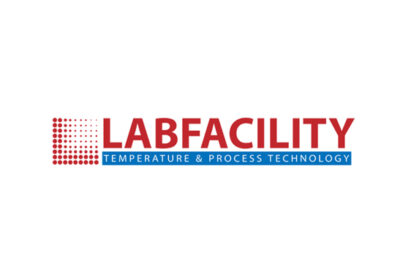It is a fact; Rota Val was the world’s first rotary valve manufacturer to gain ATEX Certification for explosion and flame containment to 10 bar for Kst2 Dust. It is also a fact that, in terms of safety and monitoring, Rota Val is still amongst the most innovative of rotary valve manufacturers.
While casting is generally a reliable method, every now and again a flaw in the casting can occur. To x-ray every casting is impractical and expensive, so to ensure the integrity of every explosion / flame containment rotary valve that leaves the factory, Rota Val has always hydrostatically pressure tested all iron valves to 20 Barg and stainless steel to 13 Barg for fifteen minutes before certification is provided. This is in stark contrast to the industry norm where most manufacturers simply supply a type test certificate, which means that only the original valve is tested – a photocopied version of the original certificate is offered with the valve.
Also, having gone to the trouble of pressure testing, managers at Rota Val took the decision some years ago to manufacture all iron bodies from ductile SG iron. The main characteristic of SG Iron is the structure of the graphite which is in spherical form rather than flakes as in cast iron. In SG Iron the nodular graphite structure inhibits the creation of cracks thereby providing the ability to withstand distortion and making it stronger than cast iron. SG iron also has much more impact and fatigue resistance so valve life is also enhanced through better wear properties.
The policy at Rota Val regarding safety and monitoring systems is proactive to say the very least. The patented RotaSafe RM2 device protects against improper reassembly after cleaning or maintenance. Also, it offers protection against excessive forces caused by large particles or product build up and from debris falling in to the valve. The user’s product and system is protected by sending a signal to the customer’s PLC to instantly stop the valve should any contact or near contact between the rotor and housing be sensed.
There are some very good reasons why many Rota Val rotary valves are still working over thirty years after they were installed. To find out more, please contact Steve Winton on 01249 705612.






Leave a Reply